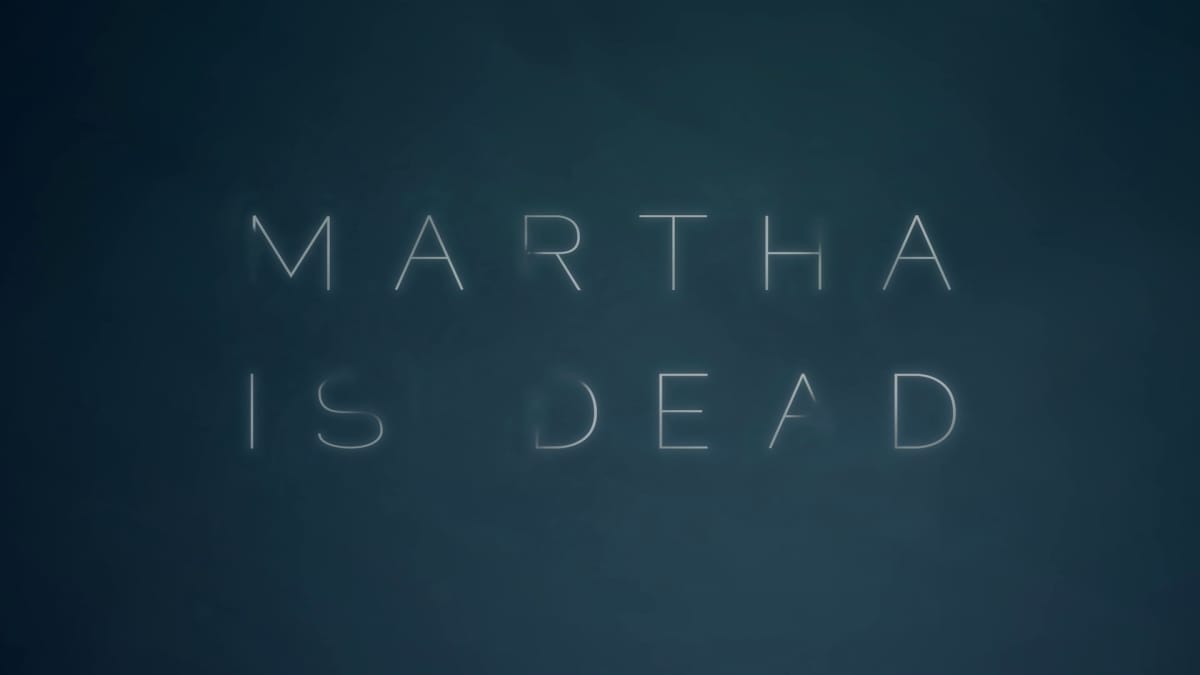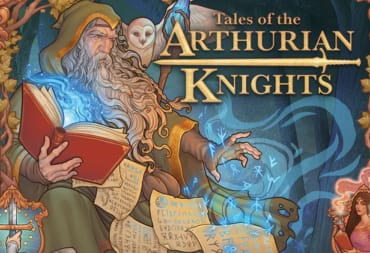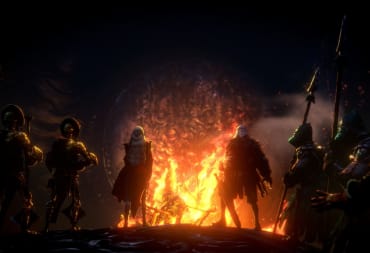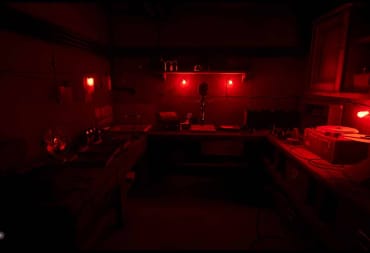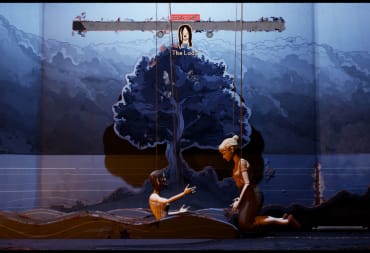Last week, I had an opportunity to play a demo build of the psychological horror game, Martha is Dead. I went in with no expectations, save for the content inherent to the genre. I knew that it would attempt to be scary. I knew the developers claimed it would be a grounded and human story that touched on difficult themes. It was only when I experienced how the game presented this content that it got my complete attention.
The demo I played was of the game's opening chapters. The story is set in the 1940s, specifically in the idyllic landscapes of Tuscany, Italy. You play as Giulia, a young woman with a fondness for photography, who discovers a horrible sight. She finds the body of her sister, Martha, floating in a lake near her home.
What followed were the unsettling but all too real consequences of this tragedy. The parents being told and coming to terms with the loss of a child. The preparation of Martha's body for burial, and the complex emotional turmoil that comes with it. The latter is particularly visceral since the game is presented entirely from Giulia's point of view. The sections of the game are intercut with excerpts from her personal diary, she has an internal monologue, and the toll on her mental health begins to manifest in nightmares and hallucinations.
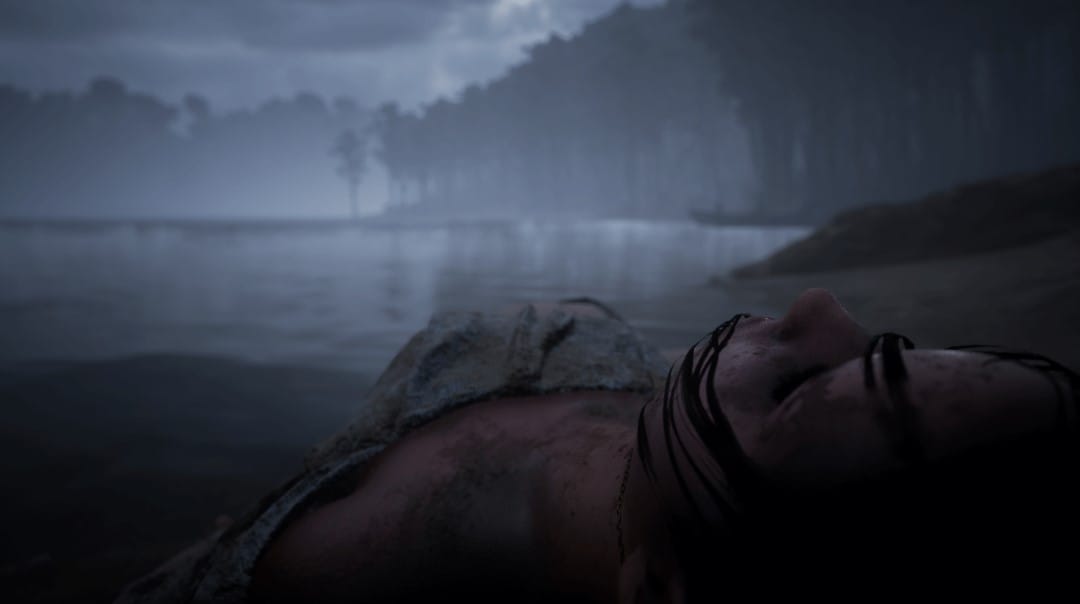
My first impression of the Martha is Dead demo was skeptical. The introductory section was atmospheric and light on direction, but thanks to some solid environment design I was guided to the water to put the events of the story into motion.
Then my enthusiasm began to drop as I played through Giulia's first nightmare sequence. It was an on-rails chase sequence through the woods. At first, it seemed simple: avoid branches and trees with the movement keys and quick-time events. But the path branched with words floating in the air. You are meant to go through the right paths at each branch, making the words form a sentence. If you take the wrong branch, the path resets. Worse still, some of these branches take sharp turns, which can cause you to hit branches, also resetting the path.
It was a disheartening experience. Unsettling dream and chase sequences aren't new grounds in horror games, and yet as the excessive darkness and tricky geography kept sending me back to square one, the tension gave way to frustration. Eventually, I was able to get through, but only after cranking the brightness to maximum and going through a lot of trial and error.
Thankfully after this, the demo for Martha is Dead became a much more engaging experience. The atmosphere of dread continued in the daylight as Giulia's parents argued in the background, and as the game introduced a unique form of gameplay: a camera. It might not sound like much given how Photo Modes have become commonplace, but here it is treated as a part of its world. There is an entire tutorial dedicated to setting up a photo, complete with adjusting focus, and the involved process of going to a dark room to develop the photograph. It is not a complete simulation of the actual process – the game actually states that several steps were skipped for pacing purposes – but it helped set the more deliberate pace the experience would take going forward.
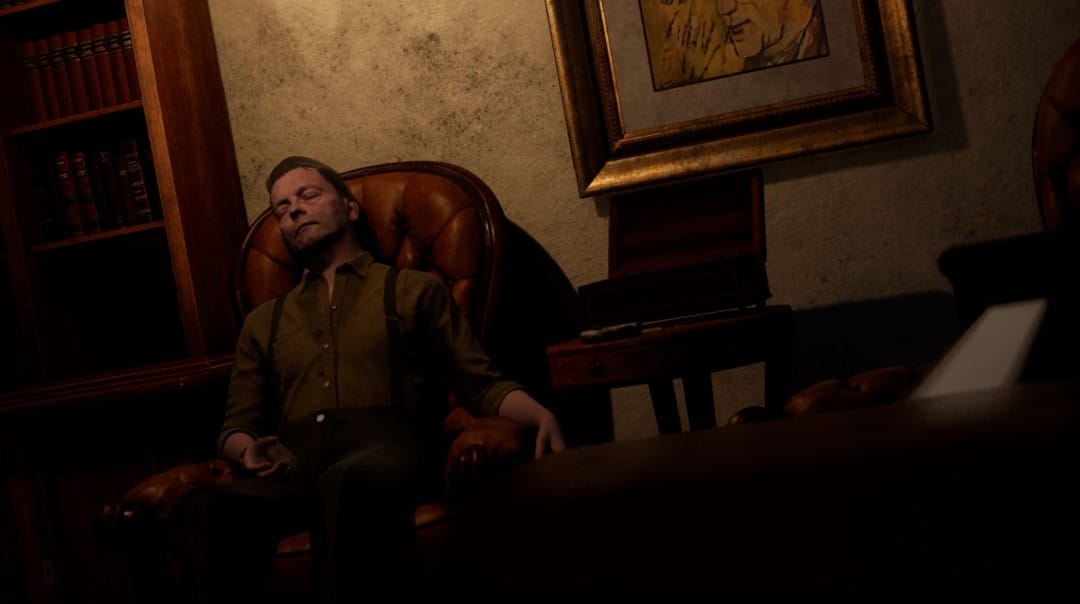
It is in this space that subtle but unwanted details began to emerge. That Giulia's father was part of the German army. That the Axis powers and Allies were beginning to move further into Italy. It seemed that Giulia's own personal tragedy was about to be overshadowed by something bigger on the horizon.
It was the farthest thing from “fun” I have experienced in a game, but it compelled me nonetheless. This is thanks to some pretty solid photogrammetry used to recreate Giulia's home and grounds, filling the entire experience with authentic texture, as well as a solid mix of linear goals and small vignettes where I could explore. There were a few instances where I wish there was something in the menu, an option to toggle an objective marker in case I missed some vital information to keep things going.
As for the unflinching focus on Giulia's personal struggle, it felt like a natural continuation given indie dev LKA.it's prior work. Their last major release of note was another horror game set in Italy called The Town of Light released in June of 2017. It got a mixed reception at launch, it being marked by harsher critics as “just another walking simulator” but received quite a bit of praise for having a protagonist actively coping with mental illness. While a lot of that narrative structure still appears to be around in Martha is Dead, it is the presentation that makes it feel more horrifying.
It wasn't until the final nightmare sequence that ended the demo that a lot of these stylistic choices became apparent. The unsettling imagery and offputting vignettes are not framed as quick jumpscares but long stretched out sections of unnerving horror. The mixture of gorgeous countryside environments combined with invasive traces of historical inevitability. It all felt like I was playing something straight from an Italian horror movie; the camera's lack of an exploitative eye made things unnerve all the more.
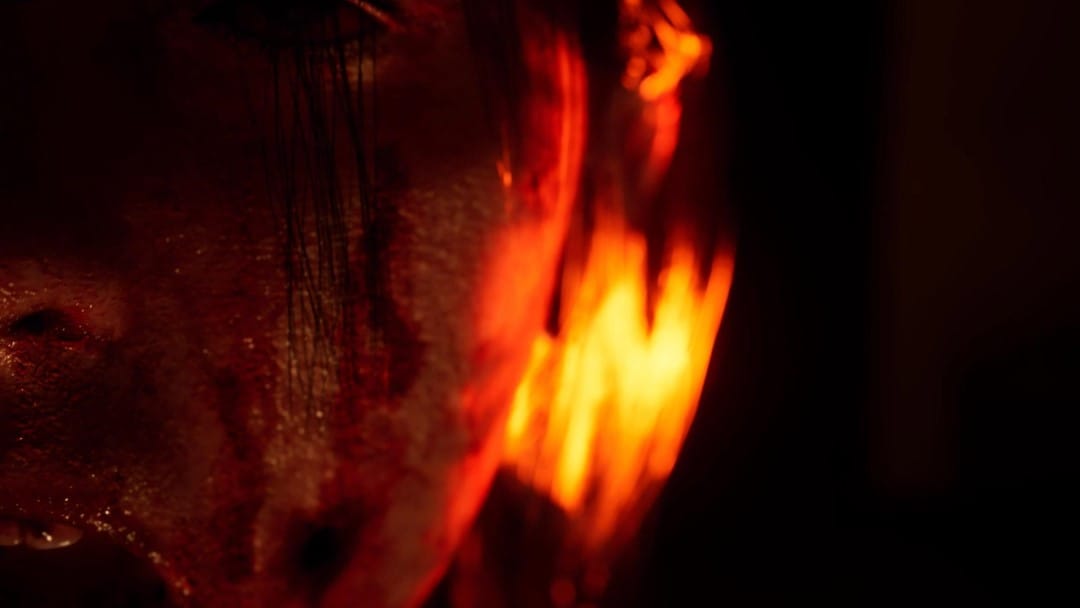
According to the game's director, Luca Dalco, that was the intention. Thanks to the wonders of online voice chat and an Italian translator named Stefano, I was able to speak with Dalco after I had finished my time with the demo. He spoke about how his influences came from Italian horror cinema. While inevitably the influential work of Dario Argento was brought up – his work on Suspiria is so ubiquitous even non-film buffs know about it in passing – the films Dalco cited were far more contemporary. He continued to talk about how he wanted this experience to get into unsettling territory with story and content, but didn't want it to feel gratuitous or in bad taste. Given that by the time the demo's most extreme sequence occurred near the end, something that I will not explain for the sake of good taste, it all felt completely in step with the everything Giulia experienced up to that point.
Inevitably our talk got to the topic of history. Despite plenty of historical fiction set in WW2, the Italian front of that conflict isn't often shown. Dalco talked about how the team did their research on what occurred in Tuscany during this point in history. The results were quite shocking. “We got the German occupation of the area with their defense, then you have the Allies entering through Florence. This was also around the time Italy, who were with the Axis, began to defect. They were the topic of violence on both parts. The Germans were killing everyone who could be spies. They considered the Italians Traitors. Meanwhile the Allies remembered the Italians betrayed the Germans, so they believed they couldn't be trusted. You were screwed either way.”
It is within that crucial bit of context that I recalled an otherwise innocuous part of the demo. It was one where Giulia was reading the morning paper. The articles discussed the ongoing war effort, as well as how it was affecting the world around her. This is shortly followed by various letters sent to her father by the German army. All the while, her voice-over refuses to acknowledge these events, the actions of nations meant nothing when she was dealing with tragedy right in front of her after all. As Dalco put it, “She lives in her own world. She refuses these external things, and yet she suffers because of them.”
If you wanted to understand how palpable the sense of powerlessness can really be, that statement alone will do quite nicely.
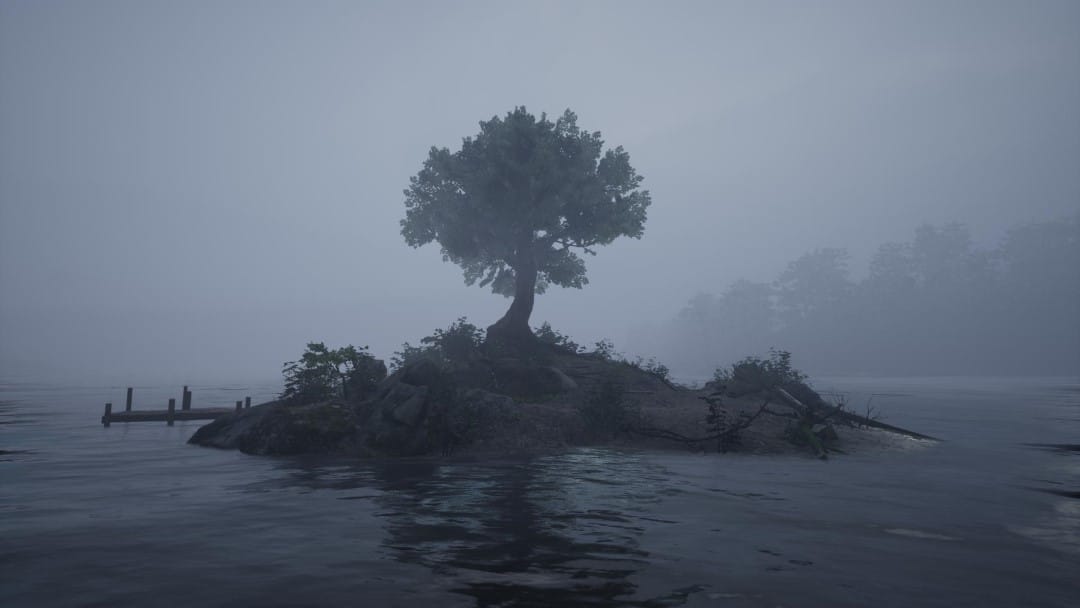
Keeping in line with the studio's past work, I am still processing what I have played of Martha is Dead. It expresses so much complex material in a small amount of time and does it with utter confidence. The focus on a more guided experience compared to something more ludic feels like a feature than an issue, since interactivity might lessen the impact. Yet, it isn't relentless, giving just enough room to stretch your digital feet with more calming material before things become harrowing once again. These are elements where my experience dragged, objective reminders and a bit less obtuse difficulty in the nightmare sequence wouldn't go amiss, but those are footnotes compared to what the rest of the demo presented.
As for what other secrets and surprises the full story has in store, that is something I await with anticipation.
TechRaptor previewed Martha is Dead on PC using a copy provided by the developer. The game will be available later this year on PC, PlayStation 4, PlayStation 5, Xbox One, and Xbox Series X|S.
Previews you can trust: To ensure you're getting a fair, accurate, and informed review, our experienced team spends a significant amount of time on everything we preview. Read more about how we review games and products.
Have a tip, or want to point out something we missed? Leave a Comment or e-mail us at tips@techraptor.net
